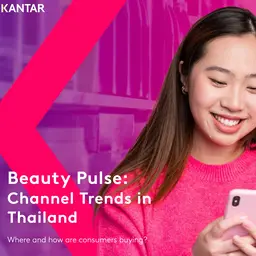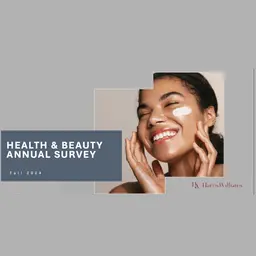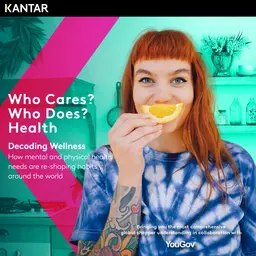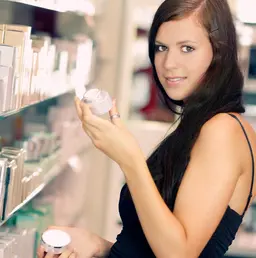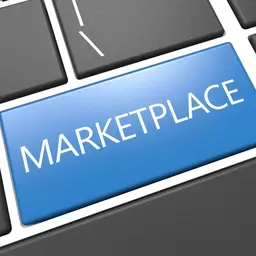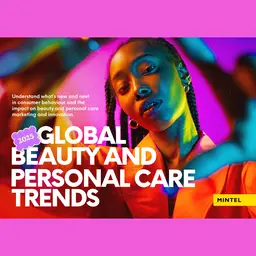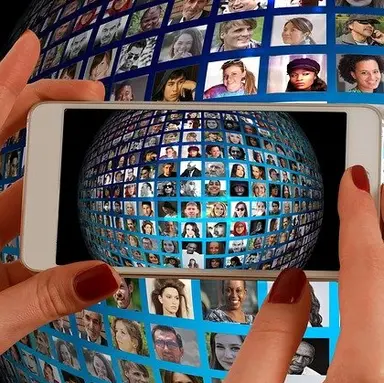
The beauty sector has long made people dream with muses with perfect physiques, often far from reality. This way of communicating is now outdated. Nowadays, cosmetics users want to recognize themselves in the ads. The latest report released by trends firm Mintel reflects Americans’ desire to see more inclusiveness in promotional campaigns.
According to Mintel, currently:
• 68% of Americans would like to see more diversity in cosmetic ads to “reflect life”
• 73% feel that the skincare industry plays on women’s insecurities
• 63% of them say they are inspired by brands that display diversity in their communication
• 47% of them say they have looked for or bought products from actors that promote difference
Beauty marketing is increasingly moving from aspiration to inspiration. Successful brands recognize that having a strong commitment to inclusion (whether in employment, advertising and/or skincare development) contributes to inspiration and empowerment,” says Mintel. “They have the opportunity to make a real impact on society, but you have to be authentic. For example, waiting until Pride Month in June to promote gender-neutral products could be seen as a marketing stunt. Professionals need to ensure that diversity is an ongoing practice and that they remain responsive to their community.”
A concept that is still unclear
The real challenge for cosmetic brands is to identify their audience’s expectations and understand their perception of inclusiveness.
For some Americans, this notion refers to :
• Affordable prices (52%)
• Wide range of colors (48%)
• Advertising campaigns that show different …




